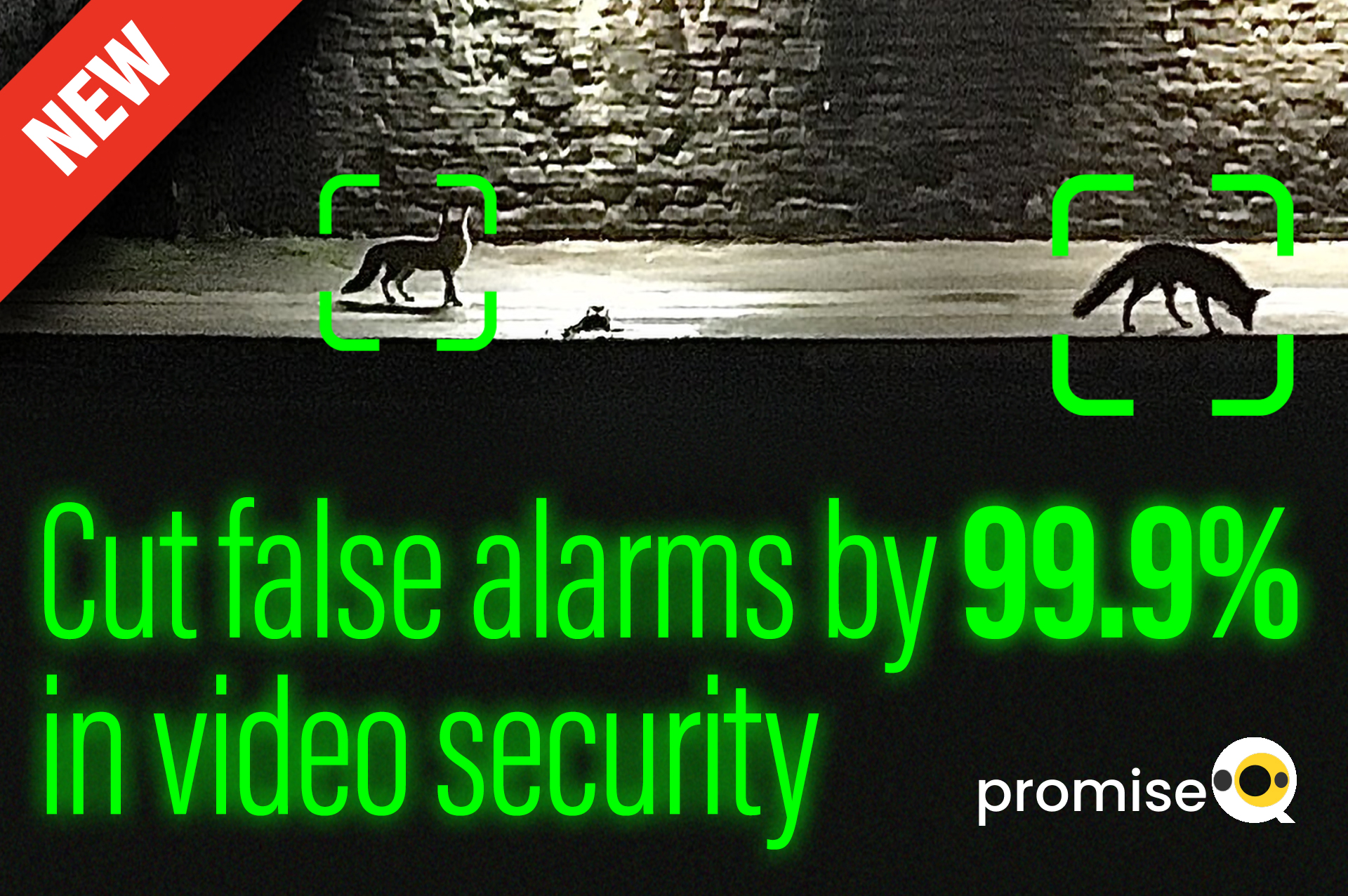Security is important, and not just for devices. When it comes to a building’s camera system, you want to make sure that every threat is dealt with, but what if 95% of your alarms are false positives? promiseQ has solved that problem…
In another AI-related ipXperience, Eamon chats with Tolga Ermis, Co-Founder & CEO at promiseQ, which has developed a cutting-edge video analytics platform for reducing security false alarms. This means that time and resources are not wasted when the real thing happens. So how does it work?
What problem is promiseQ solving?
As Tolga explains, he previously worked in autonomous driving where AI vision is obviously key. After realising that similar AI workloads for image classification could be used to drastically improve the security infrastructure market at the time, he co-founded promiseQ and reworked the technology for this use case.
The high standards of automotive AI systems mean that there cannot be false negatives when it comes to object detection and classification near to a vehicle. On the other side, security systems primarily produce false positives for unwanted access or presence. This is because cameras are usually triggered by a motion sensor. A human operator then needs to verify the picture or short video clip produced and choose whether to respond to the trigger or dismiss it.
This may seem fine from a security standpoint – better it be nothing than fail to detect something – but due to guard fatigue, real threats might get through as staff are conditioned to dismiss 95% of triggers. Most may be caused by movement of the camera in the wind, a plastic bag blowing by, or an animal wondering into frame. The current way to get around this issue is to hire more staff, but this wastes a lot of time and money. This is estimated at $1 trillion globally annually…
promiseQ solves this problem with its cloud-based AI filter that verifies each incoming alarm and only flags the ones that are relevant. This reduces strain on the security operator by sending them far less alerts, which are all much more likely to be real threats.
What does this solution look like in practice?
As well as a notification system for the security team, promiseQ’s holistic platform enables them to see live video feeds on request. It also provides detailed analytics on where triggers are coming from within the installation, and can be used independently of the video hardware. Most cameras have their own video management systems, but promiseQ enables security engineers to combine these into a single platform.
Additionally, promiseQ has developed an NVIDIA-GPU-based edge-AI module that brings this intelligence to the on-location camera system itself. This means that you don’t need to worry about unfiltered triggers if your cloud connection goes down! While the customer’s system is responsible for alarms when using promiseQ’s cloud platform alone, this edge-AI system produces its own triggers. This offers far greater flexibility for detecting security threats that other systems may not recognise.
Depending on the target system, the individual edge-AI promiseCubes can support between 3 and 10 cameras. The system is highly scalable, so multiple units can be chained together, and each cube accepts feeds from even a low-cost camera, resulting in lower overall system cost.
The generative AI capabilities of the promiseCubes also make this a future-proof solution that can adapt to the changing security requirements of a customer. It can even be used for some of these use cases today!
Testing this technology
promiseQ offers 3-month pilot projects for its new promiseCubes and limited licenses for the cloud platform to test it in action. If you would like to get connected to learn more about either of these technologies, follow the link to our user-defined board page below. Specify your interest in promiseQ, and ipXchange will help you start your development journey.
Keep designing!
You must be signed in to post a comment.

Comments
No comments yet